Cleaning a Carburetor
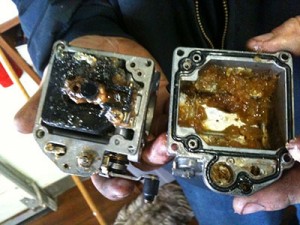 Sludge and other debris can clog the carburetor of a 2-stroke motor, so maintenance is a top priority. To clean a carburetor, start by removing the part from the machine. Spray the carburetor with specially made cleaner that will remove rust, sludge, and debris. Be thorough; there are plenty of valves and crevices in a carburetor that need to be cleaned out.
Sludge and other debris can clog the carburetor of a 2-stroke motor, so maintenance is a top priority. To clean a carburetor, start by removing the part from the machine. Spray the carburetor with specially made cleaner that will remove rust, sludge, and debris. Be thorough; there are plenty of valves and crevices in a carburetor that need to be cleaned out.
Once the cleaner has been applied, wipe the carburetor down with a clean cloth. With an air compressor, blow out any remaining debris. Once again, wipe off the carburetor and then reattach it to the motor. While working on the motor, be sure to check the oil level and add Mercury 2 cycle oil if need be.


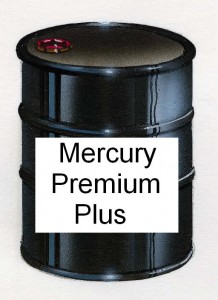
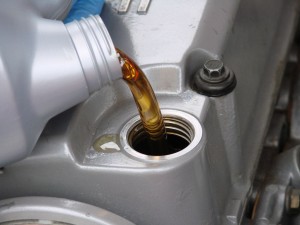
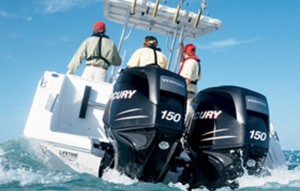
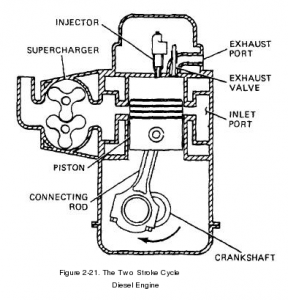
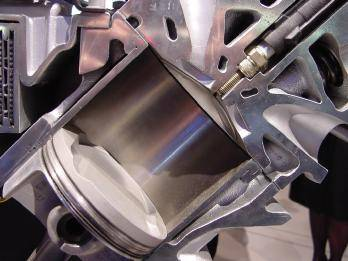
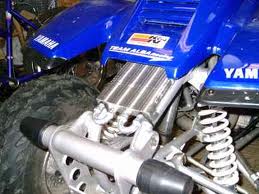

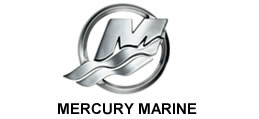
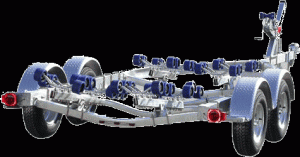
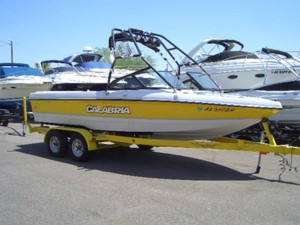 Now that winter is on the way and likely to stay in parts of America for the next several months, many boaters enter a planning stage. Since they cannot get out on the lake to go fishing or just to cruise around aimlessly, a number of thoughts begin to enter their heads. Foremost among these is the question of whether to buy a new boat. Every spring like clockwork, thousands of people show up at marinas and dealerships ready to make such a purchase.
Now that winter is on the way and likely to stay in parts of America for the next several months, many boaters enter a planning stage. Since they cannot get out on the lake to go fishing or just to cruise around aimlessly, a number of thoughts begin to enter their heads. Foremost among these is the question of whether to buy a new boat. Every spring like clockwork, thousands of people show up at marinas and dealerships ready to make such a purchase.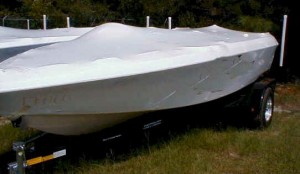 As much as we might hate to admit it, most anglers are faced with an offseason that lasts at least several months. When spring comes around, we can start our love affair with the fishing boat all over again. Until then, it’s up to us to winterize and find other ways to pass the time – such as snowmobiling. But before you hop on that sled, let’s take some time to ensure that you’ve done all you can to winterize the boat effectively.
As much as we might hate to admit it, most anglers are faced with an offseason that lasts at least several months. When spring comes around, we can start our love affair with the fishing boat all over again. Until then, it’s up to us to winterize and find other ways to pass the time – such as snowmobiling. But before you hop on that sled, let’s take some time to ensure that you’ve done all you can to winterize the boat effectively.